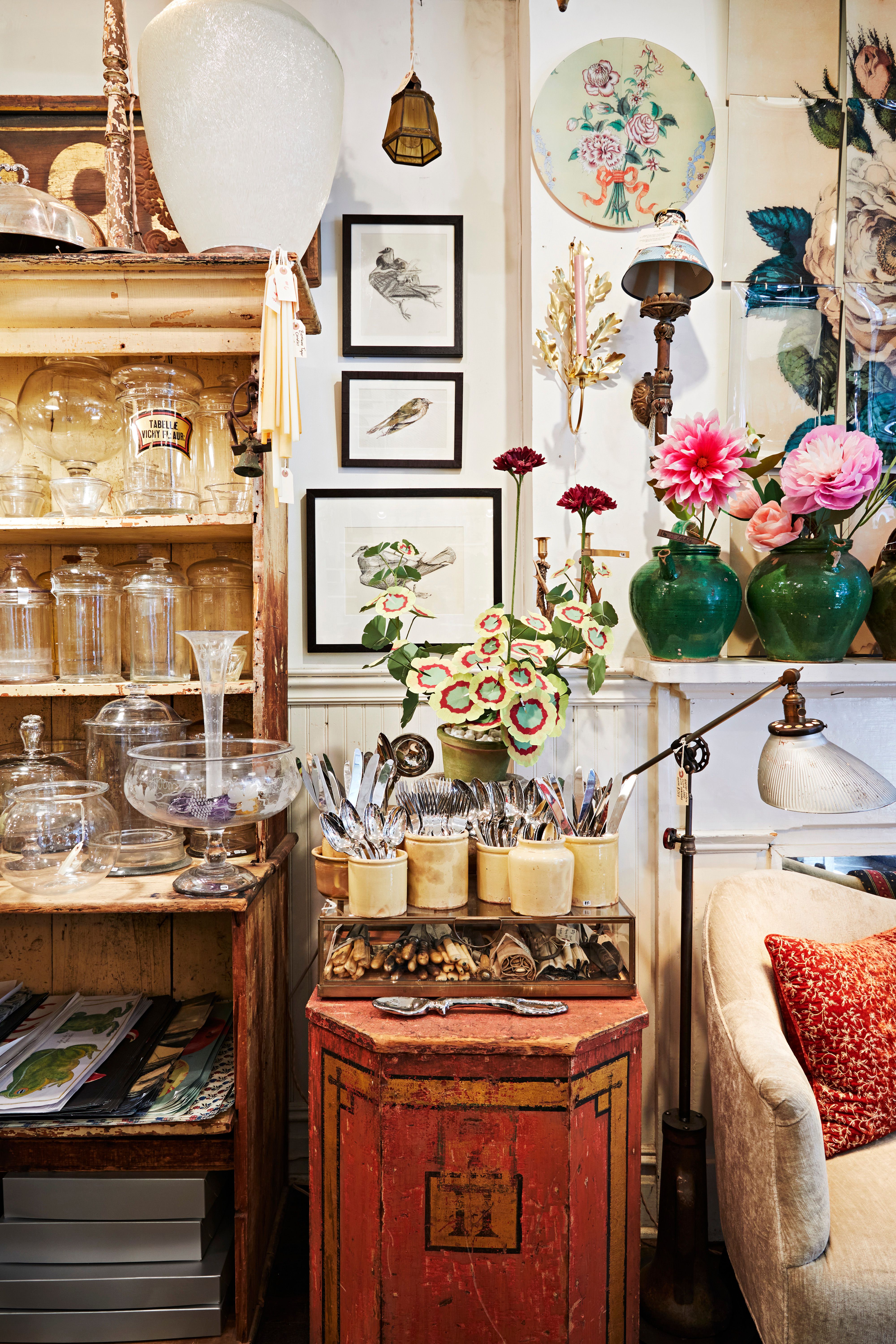The term "vintage" primarily describes items that are not new but are not yet old enough to be classified as antique. It signifies an object that is representative of a specific past era, valued for its age, aesthetic, and historical or cultural relevance.
Core Criteria for "Vintage"
Several key factors determine if something qualifies as vintage:
- Age: Generally, an item is considered vintage if it is at least 20 to 25 years old. However, it must be less than 100 years old, as items surpassing this age are typically categorized as antiques.
- Representation of an Era: A true vintage piece authentically reflects the styles, designs, materials, or craftsmanship characteristic of the period in which it was made. It serves as a tangible example of its time.
- Quality and Craftsmanship: Often, vintage items are associated with a certain level of quality or durability that may distinguish them from some contemporary mass-produced goods. They were frequently built to last.
- Authenticity: Vintage items are genuine pieces from a past period, not modern reproductions or items made in a vintage style (which would be "retro").
Distinguishing Vintage from Related Terms
It is important to differentiate vintage from other common classifications:

- Antique: An item that is 100 years old or older.
- Retro: Describes items that are new but are designed to imitate or evoke the style of a past era. Retro items are not genuinely old.
- Collectible: While many vintage items are collectible, the term "collectible" itself refers to any item sought after by collectors, regardless of age (e.g., new limited editions).
Additional Considerations
Beyond the core criteria, other aspects contribute to an item's vintage appeal and perceived value:
- Condition: The state of preservation significantly impacts desirability. Items in good, original condition are often preferred.
- Nostalgia and Cultural Significance: Items that evoke nostalgia or represent significant cultural trends or moments from their era often have enhanced vintage appeal.
- Rarity and Demand: As with many valued objects, scarcity and current market demand can influence an item's status as a sought-after vintage piece.
In essence, "vintage" denotes an item that is not merely old, but also embodies the character, style, and quality of a specific past generation, making it more than just a used object.









